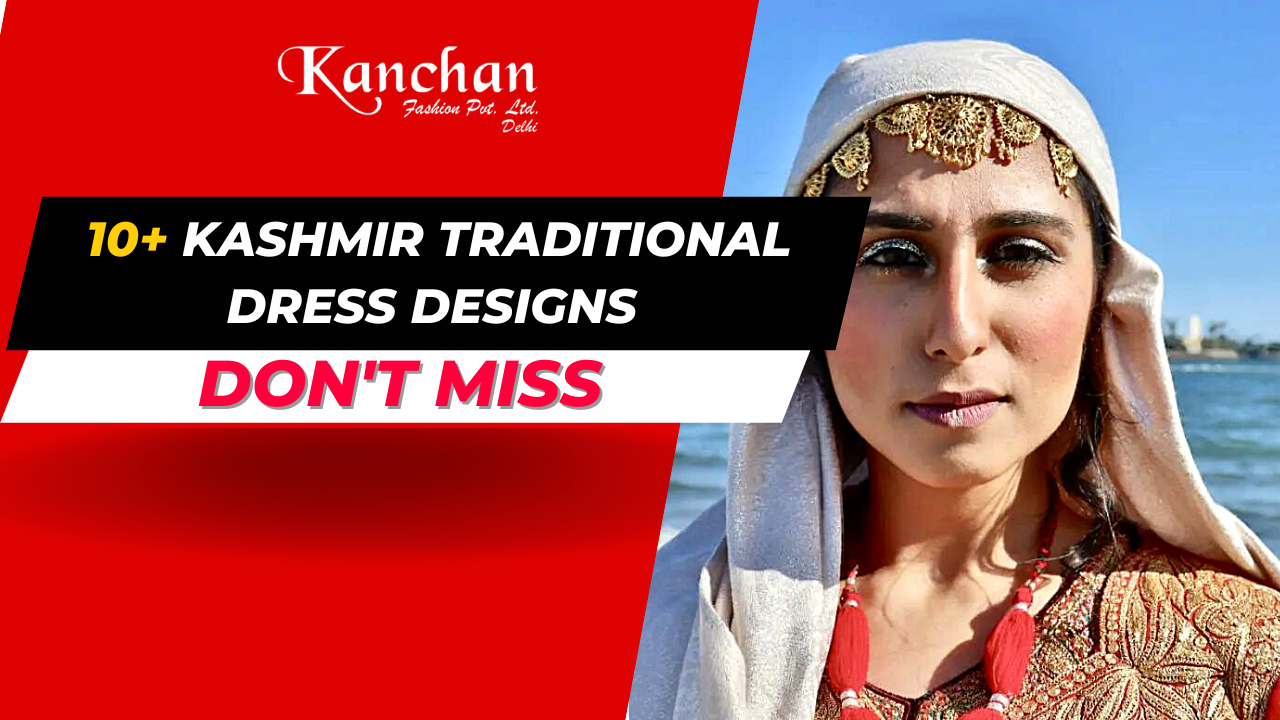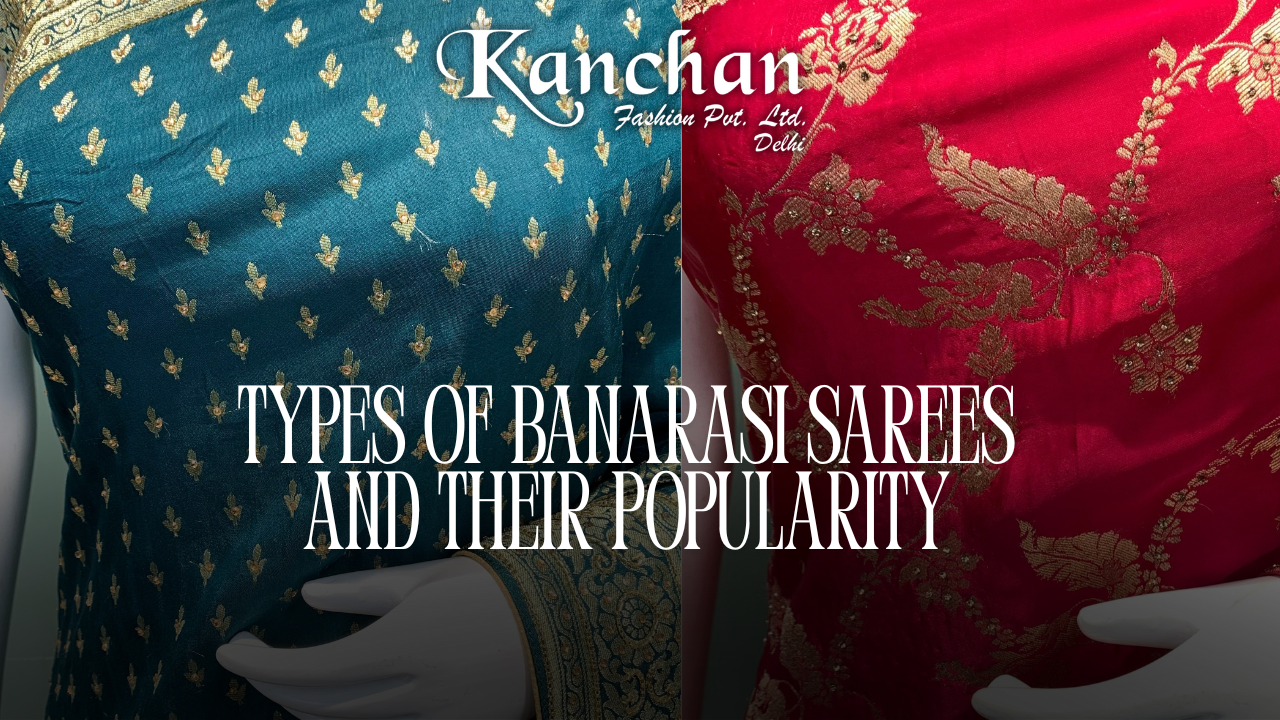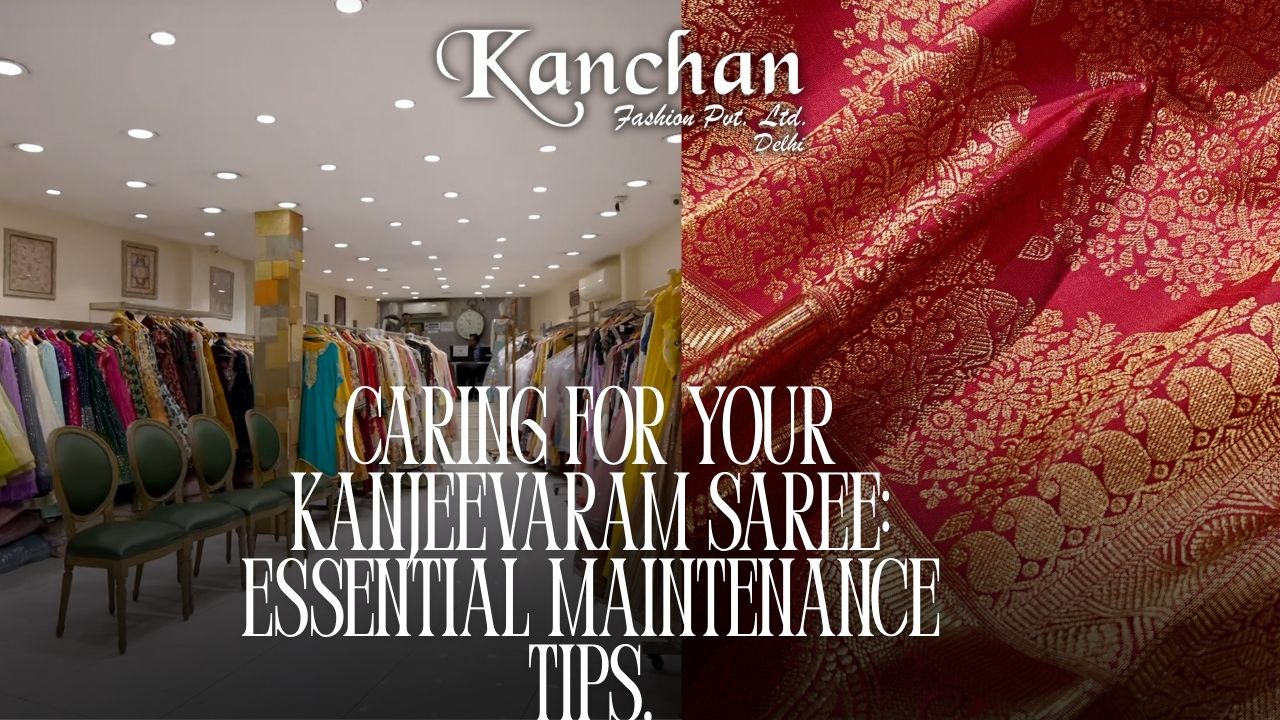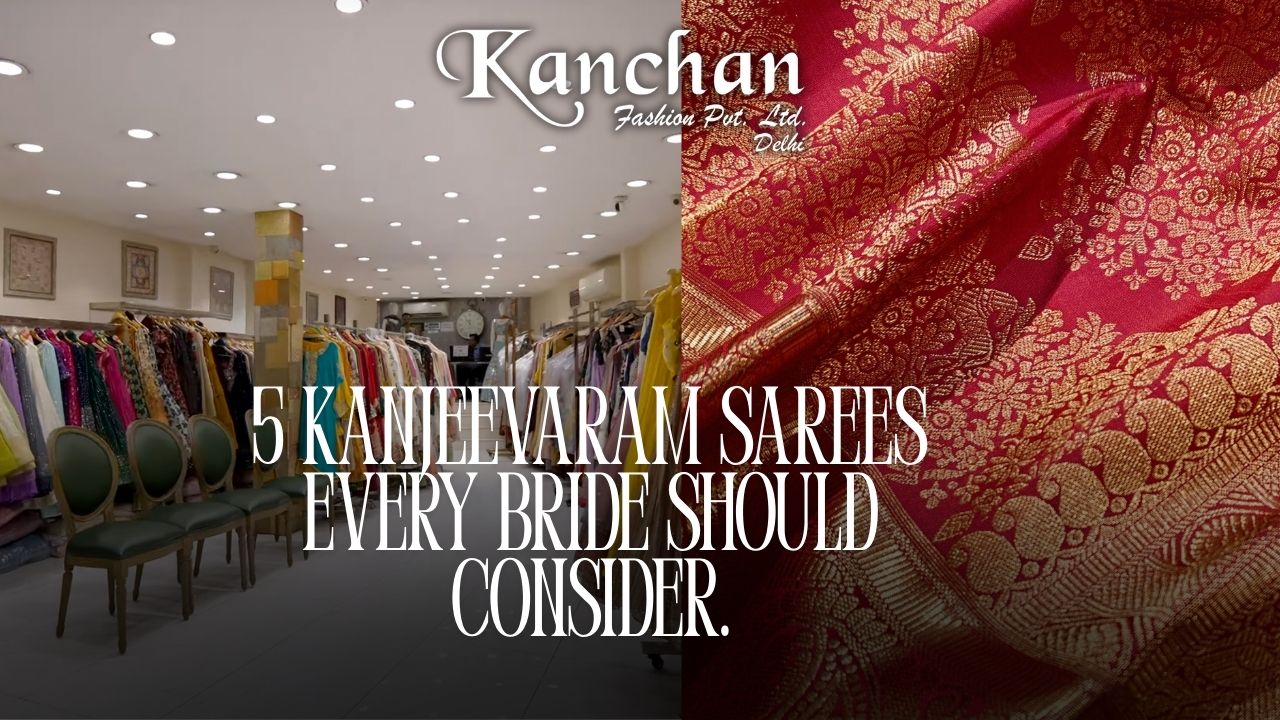
Table of Contents
|
Kashmir, the picturesque valley nestled in the Himalayas, is not only renowned for its stunning landscapes but also for its rich cultural heritage. One of the most captivating aspects of Kashmiri culture is its traditional dress, which exemplifies elegance, grace, and a deep-rooted connection to the region's history. This article takes a closer look at the distinctive elements of Kashmiri traditional dress, exploring its significance, craftsmanship, and the influence it has had on the global fashion stage. The best place to buy indian tarditional dresses for women is Kanchan Fashion.
The Essence of Kashmiri Traditional Dress

Kashmiri traditional dress reflects the unique blend of various cultural influences that have shaped the valley over centuries. The attire is a symbol of Kashmiri identity and has been passed down through generations, preserving the essence of tradition and craftsmanship. Each piece of clothing is a work of art, intricately designed with meticulous attention to detail.
Influence of Geography and Climate on Kashmiri Attire

The geographical location and climate significantly impact the design and choice of fabrics in Kashmiri dress. The cold weather necessitates warm clothing, and thus, the traditional dress incorporates layers to provide comfort and protection against the chilly winters. Kashmiri attire also adapts to the region's diverse landscapes, from the serene plains to the snowy mountains.
The Timeless Charm of Phiran and Pheran

The Phiran and Pheran are the quintessential garments of Kashmiri traditional dress. Worn by both men and women, these loose, embroidered, and full-length robes exude sophistication and grace. The Phiran is usually made of wool, while the Pheran, a more embellished version, is worn on special occasions.
The Graceful Drapes of Pashmina Shawls

Pashmina shawls are an integral part of Kashmiri culture and a symbol of luxury worldwide. Made from the fine wool of Pashmina goats, these shawls are known for their softness and warmth. The exquisite hand embroidery on Pashmina shawls showcases the artisan's skill and adds to their timeless beauty.
Embroidery: A Reflection of Skill and Artistry

Kashmiri embroidery is celebrated for its intricate patterns and vibrant colors. Artisans meticulously handcraft the designs on various fabrics, from cotton to silk, creating stunning pieces of wearable art. Each embroidery pattern carries its own unique story, making the attire even more captivating.
Traditional Kashmiri Jewellery: Adorning with Elegance

Completing the traditional look, Kashmiri jewelry holds a special place in the hearts of the people. Silver ornaments adorned with gemstones add a touch of elegance and cultural significance to the attire. These exquisite pieces have been cherished for centuries, passed down as family heirlooms.
The Majestic Appeal of Khan Dress
The Khan dress, traditionally worn by Kashmiri men, is an ensemble that exudes regal charm. With its long gown, waistcoat, and turban, the Khan dress is a symbol of dignity and honor. The attire reflects the nobility of Kashmiri culture and has remained an essential part of weddings and formal events.
Accessorizing with Headwear and Footwear

Kashmiri headwear and footwear complement the traditional dress, enhancing its allure. Women often adorn themselves with beautifully embroidered caps or headscarves, while men wear elegant Pashmina turbans. The intricately designed footwear adds a final touch of grace to the overall attire.
Contemporary Adaptations: Fusion of Tradition and Modernity

As cultures evolve, so does fashion. Contemporary Kashmiri designers have skillfully blended tradition with modern aesthetics, giving rise to fusion ensembles that captivate the younger generation. These adaptations honor the past while embracing the present, showcasing the timelessness of Kashmiri attire.
Preservation of Kashmiri Dress and Cultural Identity

Amidst the changing global fashion landscape, there is a growing appreciation for preserving traditional attire. Efforts to sustain the art of weaving, embroidery, and craftsmanship are vital in safeguarding Kashmiri cultural identity and supporting local artisans.
The Global Allure of Kashmiri Traditional Dress

Beyond the borders of the valley, Kashmiri traditional dress has garnered attention and admiration worldwide. Fashion enthusiasts, designers, and celebrities have embraced the elegance and artistry of these garments, making them a part of international runways and red carpets.
Sustainable Fashion: Supporting Artisans and Weavers
Embracing Kashmiri traditional dress goes beyond aesthetics; it also contributes to sustainable fashion. By choosing handcrafted garments and supporting local artisans, consumers actively participate in preserving cultural heritage and promoting fair trade.
Embracing Kashmiri Dress: A Cultural Experience
Donning Kashmiri traditional dress is not just about wearing clothing; it is an immersive cultural experience. The attire represents a tapestry of history, art, and traditions that evoke a sense of pride and belonging.

Kashmiri traditional dress stands as a testament to the region's rich cultural heritage, reflecting the artistry, elegance, and timelessness that define the valley. With its intricate embroidery, luxurious fabrics, and captivating designs, it continues to leave a lasting impression on people worldwide.
FAQs
-
What are the traditional garments of Kashmiri men and women?
- The traditional garments of Kashmiri men and women are Phiran, Pheran, and Khan dress.
-
What makes Pashmina shawls so special?
- Pashmina shawls are made from the fine wool of Pashmina goats, known for their softness and warmth, and are intricately hand-embroidered.
-
How do contemporary designers fuse tradition with modern aesthetics?
- Contemporary designers incorporate traditional elements into modern silhouettes and patterns, creating fusion ensembles that appeal to the younger generation.
-
How can embracing Kashmiri traditional dress support sustainability?
- By choosing handcrafted garments and supporting local artisans, consumers contribute to sustainable fashion and the preservation of cultural heritage.
-
What makes Kashmiri traditional dress a cultural experience?
- Wearing Kashmiri traditional dress allows individuals to immerse themselves in the region's history, artistry, and traditions, evoking a sense of pride and cultural belonging.









